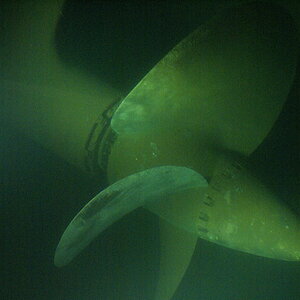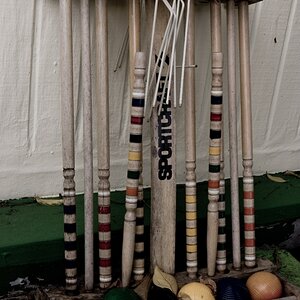MK3Brent
No longer a newbie, moving up!
- Joined
- Dec 30, 2011
- Messages
- 1,173
- Reaction score
- 299
- Location
- Eastern NC
- Can others edit my Photos
- Photos OK to edit
I think the Op was already lost.
I can't believe he bought that much money in gear with such little prior knowledge. I get very angry when I see that soccer mom at the zoo with a 5d mark II and a 24-105 shooting in AUTO...Seriously??
You care way too much about what other people are doing.

Optimal settings for OP would be to put that thing in auto mode, and go have fun.
Doesn't matter one bit at all if it's a 1Dx or an iphone.
Shoot what you have, whatever you feel like buying.





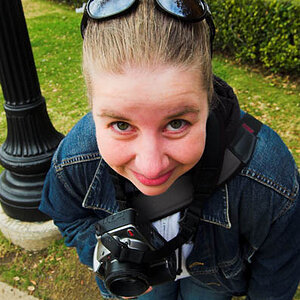

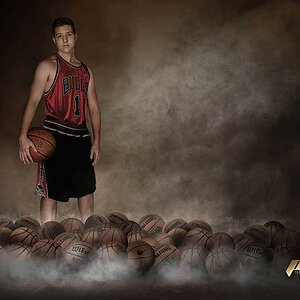
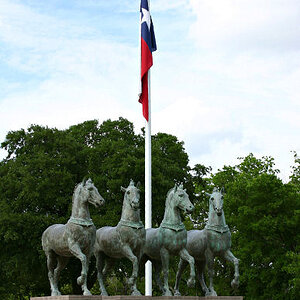

![[No title]](/data/xfmg/thumbnail/37/37602-1ef8dbb1c2d0e4ff347ee65d328c3603.jpg?1619738147)
